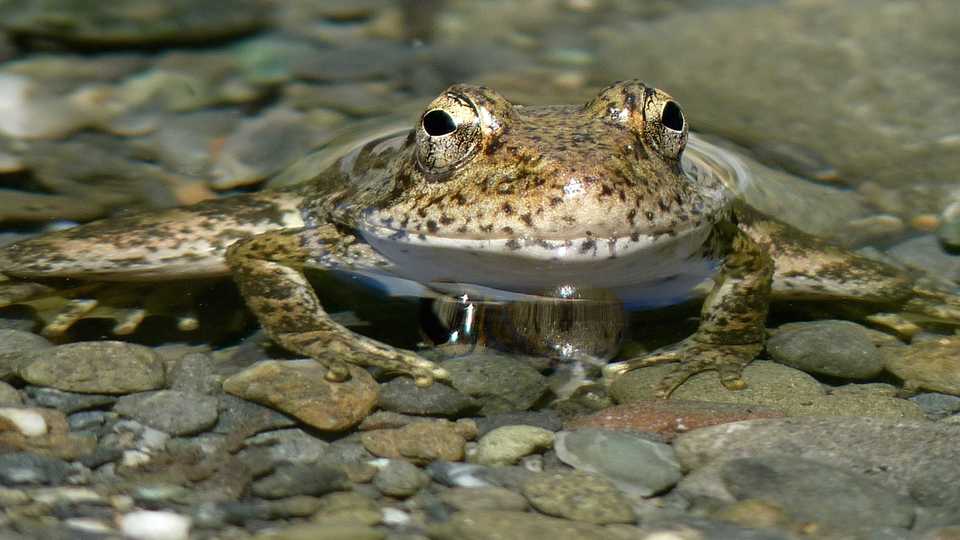Science News
Monday Bites: Climate Migrations and More

Keeping cool, image Mathesont/Flickr
Tropical Migrations
As temperatures rise in the already hot tropics, humans, animals and plants will likely have to relocate hundreds of miles from their current homes, according to a study published last week in Scientific Reports. Solomon Hsiang, a UC Berkeley researcher who studies the effects of climate on civil conflicts, economics, and more (we’ve covered his work here and here), and his colleague Adam Sobel of Columbia University, used a model to demonstrate how even the slightest temperature increase in the tropics can dramatically magnify the consequences of climate change as it is experienced on the ground.
The researchers report that some oceanic and continental populations would have to move as far as 1,000 miles or more to stay within their “temperature budget” (or optimal climate). Where do those populations end up? Simulations by the authors suggest the cooler edges of the tropics could get crowded, where populations might theoretically climb by 300 percent or higher. At those densities, disease and conflict over resources, among other issues, would bring their own complications. "We’re not making specific predictions about migration patterns of individual species, but the geophysical constraint is that, as the tropics get hotter, you'll have to go far, essentially leaving the tropics, to cool off,” says Sobel.
In fact, the New York Times reported last year that an extensive drought might be a contributing factor of the recent Syrian refugee crisis. “A drought that lasted from 2006 to 2011 in much of Syria has been cited as a factor in the long-running civil war there, fueling a mass migration to Turkey, Lebanon and Jordan, but also to Europe, Canada and, in small measure, the United States.”
Speaking of Migrations…
A study published today in the Proceedings of the National Academy of Sciences (PNAS) determines where habitat corridors exist in the United States for animals and plants to move northward as temperatures increase with climate change. Jenny McGuire, of Georgia Tech, and her colleagues found that currently 41 percent of today's relatively natural areas are sufficiently connected to allow plants and animals to remain in their optimal climate, with the western part of the country having more connected lands—over 50 percent—and the East, only 2 percent. The team also explains where natural lands could be restored easily and economically to create more corridors for those species most at risk (amphibians, reptiles, mammals and plants) as the planet warms, especially in the southeast. These proposed new corridors could boost the number of connected lands to 65 percent.
The Price of Oil and Energy Alternatives
Another study, published today in Nature Energy, correlates the price of oil on global carbon emissions. Oil prices have fluctuated dramatically over the past several years, influencing not only the price of gasoline at the tank, but the interest and investment in other, potentially cleaner, technologies. The study’s authors modeled the effects of different future oil price trends on carbon emissions, energy resources, and supply and demand technologies. They find that sustained low ($40–55 per barrel) or high ($110–120 per barrel) oil prices could have a large impact on the global energy system, partly by influencing the choices of alternative fuels. The team determined that this choice could account for between 5 to 20 percent of the cumulative emissions allowable for keeping global temperatures under the 2° Celsius threshold. The range is large because of several uncertainties, the scientists explain—including the growth of sustainable biofuels and electric vehicles, and whether oil and gas prices will decouple.
Image: Mathesont/Flickr